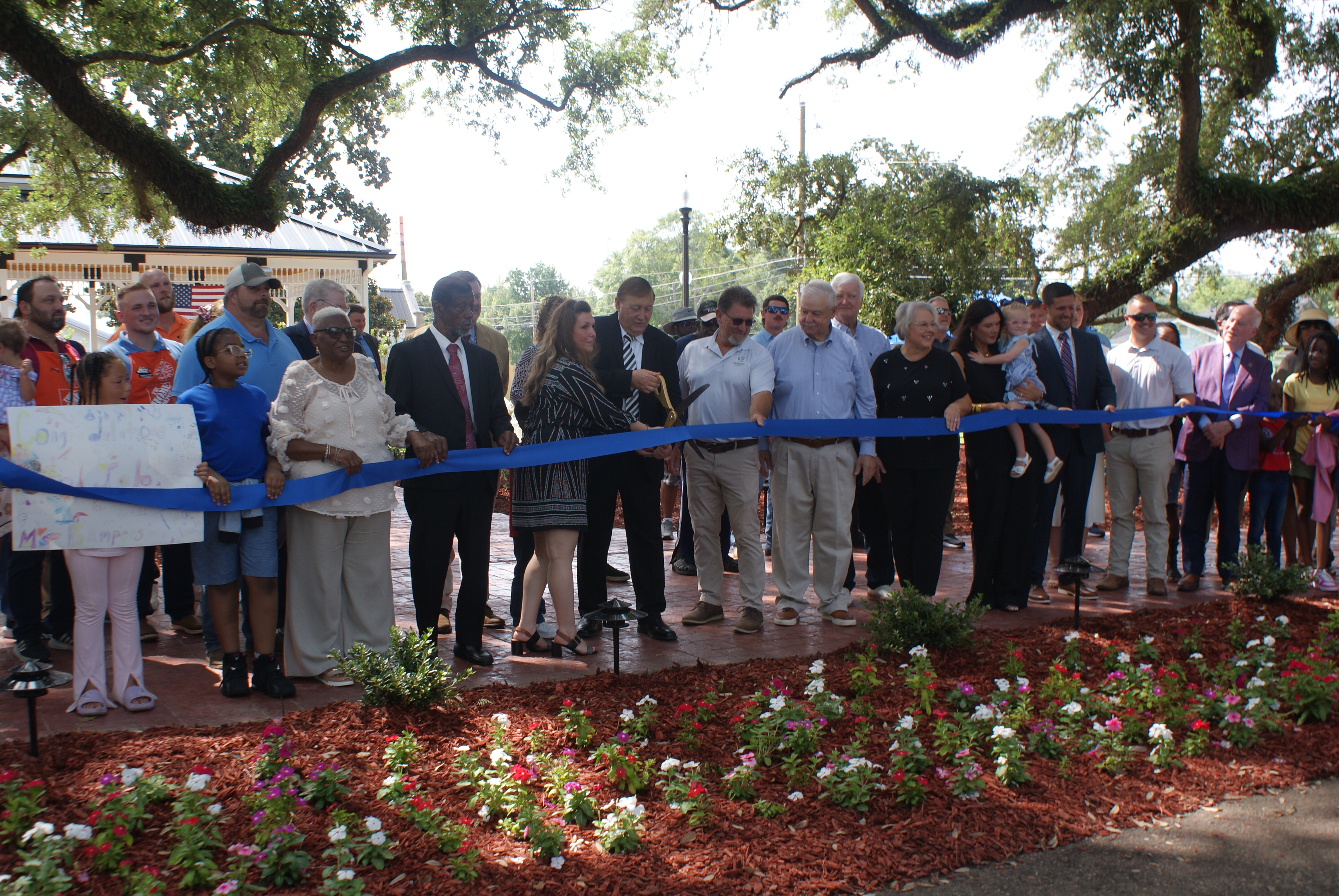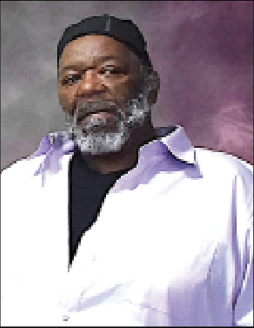Keesler will be growing
Published 11:56 pm Monday, January 26, 2009
The population of Biloxi will grow over the next two years as the Air Force adds more than 8,000 airmen and many of them will come to Keesler Air Force Base to train.
In the next year, “We will turn around an additional 4,180 folks,” said Maj. Gen. Alfred Flowers, who commands the operations of the 2nd Wing headquartered at Keesler.
The command also includes training wings at Lackland, Goodfellow and Sheppard Air Force bases in Texas and a training group at Vandenberg in California.
Flowers said 784 of the new airmen will train at Keesler this year.
The need for more instructors at the five bases was a top story on the Air Force Times online edition on Jan. 8. The article said the original plan was to shrink the Air Force to 316,500, but new Chief of Staff Gen. Norton Schwartz ordered the force to grow to 332,700 airmen.
Flowers said they need 205 additional instructors and although all are identified, these instructors won’t all be in place until May or June. With the additional airmen already graduating from basic training, Flowers said they are adjusting class size, delaying the reassignment of some instructors and having others report to duty sooner. They’ve also hired some contract instructors at the other bases, he said, but not at Keesler.
Flowers said the enlisted airmen graduate from basic training at Lackland at 10 a.m. Friday and on Sunday night they leave by bus or airplane for technical training. Four or five 50-passenger buses make the 10-hour drive to Keesler with 200 to 300 new trainees showing up Monday afternoon.
Their training lasts between 45 days to eight months and Command Chief Master Sgt. Paul Moreau said to continue their training, “All these airmen will be back at intervals in their career.”
Most of the new airmen will be trained in aircraft maintenance at Sheppard. The Air Force is also adding more than 200 intelligence positions, 486 to command and control for unmanned aerial vehicles, 248 in civil engineering, 402 in medical and 197 in security.
Keesler provides training in weather for all the armed forces along with air traffic control, communications computer systems, airfield management, financial management, personnel and other skills.
“We want to produce the best combat-ready airmen,” said Flowers, and their mission is to provide relevant training the combat commanders need in the field.
With the feedback they get from the battlefield, Moreau said that if the enemy finds a new way to attack one day, the 2nd Air Force is training for how to respond the next day.
The commanders also expect the airmen to be trained in all the latest equipment, he said.
“The technological advances that the Air Force and all the services have made are phenomenal,” said Flowers, who has served in the Air Force for almost 40 years.
He said there is a real need for airmen skilled in operating and supporting unmanned aerial vehicles.
“Heretofore they’ve all been piloted by pilots,” said Flowers, but the Air Force is studying whether non-pilots can fly them as well.
The method of training is also changing.
“We do some distance learning and we’re looking at doing more,” said Flowers. “As the world changes you have to change with it.”





